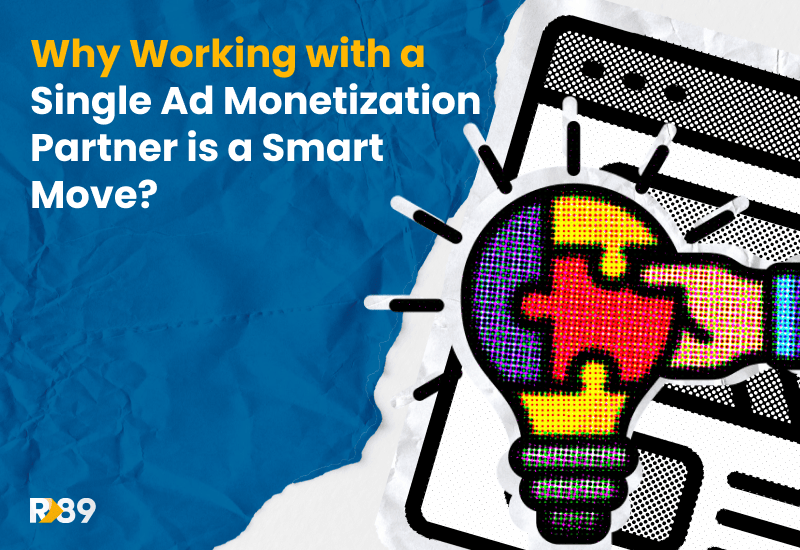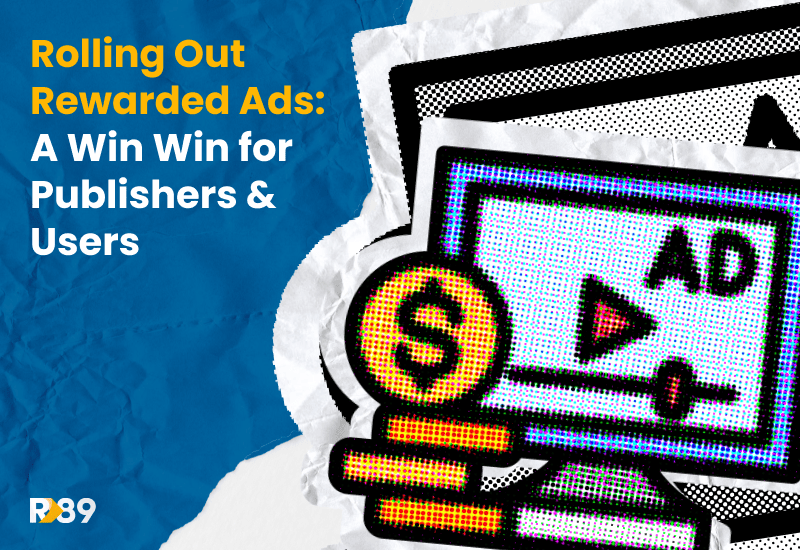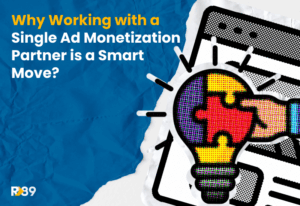Page latency is the time that a data unit, for example, a video ad, needs to go across the network and appear in the user’s browser window. Elevated page latency can result in lost impressions and, as a result, lost revenue.
This is a secret adversary, slowly chewing away at user satisfaction and publisher revenue.
Every 1 second of delay results in a decrease in impression by 1.1% for mobile and 1.9% for desktop traffic, viewability goes down by 3.6% for mobile and 2.9% for desktop traffic.
According to Google as page load time increases from 1 to 3 sec bounce probability goes up by 32%
What does it mean? On top of the plummeting attention time span, slow page load is killing your page performance.
Let’s go through some key points of tackling this problem for different ad formats
Reasons for slow page load
Three no-no you have to focus on first.
Too many ads – Crowding your website with ads to increase your revenue can backfire, leading to a less-than-ideal experience for visitors. This not only heightens latency but can also cause users to go banner-blind, ignoring ads altogether.
Wrong ad types and placements – The introduction of various ad formats, such as video and rich-media ads, can add precious milliseconds to page loading times. Moreover, the strategic positioning of ads is crucial in preventing latency. Certain types of ad placements are known to disrupt and decelerate page loading (learn more about ad format Refienry89 offers)
Third-party scripts – The average website may run 40 to 80 third-party scripts simultaneously. These external scripts can significantly decelerate your page, potentially driving impatient users to navigate away. However, this problem will be resolved soon (learn more about the demise of third-party cookies)
But every ad type and format uses a different approach to fight off this annoying bug of slow loading.
Page Latency in Direct-Sold Advertising
Let’s dissect it for direct-sold ads. Here, publishers and advertisers shake hands directly, cutting down on much of the Page Latency seen in programmatic advertising. However, slow pages still appear because of setup snafus: missing creatives, script overloads, or ad sizes.
A meticulous campaign setup is your shield against Page Latency. With tools like DV Publisher Suite now on the market, Page Latency caused by human error can be significantly reduced.
The Programmatic Advertising Conundrum
Programmatic advertising is the area where Page Latency takes on various turns, each impacting user experience and ad revenue. From redundant redirects to ad size mishaps, this is a persistent problem.
Spotting and sidelining the culprits of slow pages —be it through analytics platforms or cutting ties with laggy exchanges—is key to maintaining a healthy digital ecosystem.
The introduction of header bidding brought skepticism due to potential increases in Page Latency. The solution?
- Bidders Optimization at the SSP Level:
Implement a strategic selection process for bidders within your SSP. By narrowing down to high-performing demand partners, you can reduce the number of HTTP requests and consequently enhance page load performance.
- Asynchronous Ad Loading:
Utilize asynchronous script executions, ensuring that the main webpage content is rendered uninterrupted, without waiting for secondary processes, like ad auctions, to complete.
- Bidder Response Timeouts:
Within your SSP configurations, establish severe latency benchmarks for bidder responses. Consistently underperforming bidders that need to meet the timeout criteria should be reconsidered to maintain an efficient auction process.
Challenges of Video Advertising
High CPMs make video ads enticing, but when the slow page load involved is tricky business. Whether it’s the file size or the ad tech, managing video ads requires keen oversight and cutting-edge technology.
To minimize Page Latency, publishers must ensure ad servers select the right-sized video ads and remain up-to-date with the latest ad wrapping technologies like VAST and VPAID.
Internal Influences on Page Latency: Ad Load and Page Overhead
Looking inward, the layout and structure of a webpage can significantly contribute to Page Latency. It’s crucial to manage execution overhead to keep Page Latency in check.
Publishers hold the reins when it comes to internal page latency. By optimizing site speed and managing ad load, publishers can turn Page Latency from foe to friend.
Conclusion: The Final Word on Page Latency
In conclusion, Page Latency is a fact of digital life. The key to success is managing slow pages effectively across all aspects of digital advertising. Vigilance and strategic partner management (we can help) are essential in keeping slow loading at bay and ensuring your digital property thrives in the competitive media landscape.








